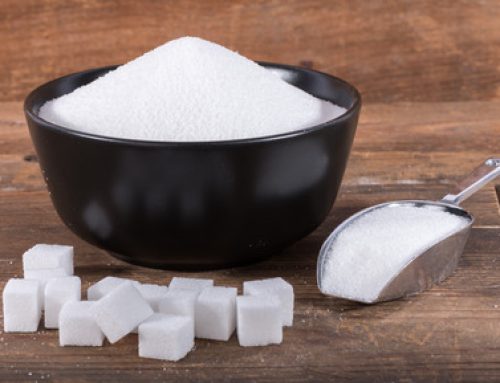What are bad carbs? What are good carbs and bad carbs. What is the difference?
David Kessler is the former Commissioner of the Food and Drug Administration. He is the author of Fast Carbs, Slow Carbs: The Simple Truth About Food, Weight & Disease.
Here is an interesting synopsis of his opinion on the state of nutrition in the United States. In it, he identifies good carbs, bad carbs and explains the differences.
What are Bad Carbohydrates?
Modern processing techniques involve intense heat and mechanical forces that destroy the structure of food. In addition, food manufacturers add fat and salt to highly processed carbs to increase their palatability, making them much softer and easier to chew and swallow. We thus eat more and we eat it faster.
Because the nutrients never reach the lower part of the gastrointestinal tract, hormones that should trigger signals of fullness don’t get stimulated. By contrast, less-processed foods retain their tight structure so that enzymes don’t break them down completely; we can still digest the food, but may not absorb all of its calories.
Fast carbohyrdates elevate blood glucose, and with it, insulin levels. When this happens repeatedly, especially in people who are overweight, metabolic pathways can become dysfunctional: Insulin stops working effectively, leading to insulin resistance, and eventually, diabetes and other disorders. Our bodies become intolerant to fast carbs, and by continuing to eat them, we further accelerate metabolic dysfunction.
The dangers of processed carbs are amplified in a world in which bodies take in more calories than they burn. Historically, humans had to work hard to find food and were lucky to get enough calories to match their energy expenditures. When we burned at least as much as we consumed, processed carbs didn’t present the same problems, especially when those carbs weren’t as highly processed.
But today, when many of us struggle with weight and confront disorders like prediabetes or worse, processed carbohydrates are a disaster.
It is shocking, but perhaps no surprise, that only about 12.2 percent of Americans are cardio-metabolically healthy, their blood pressure, lipid levels, blood glucose, and weight falling within current guidelines, a repercussion of these changes.
If the physiology of all of this seems complex, the solution is easy.
- The first step is to reduce your consumption of fast carbs and add legumes, intact whole grains, and other slow carbs to your diet.
- The second step is to engage in moderate-intensity exercise to ensure proper insulin control.
- Finally, be cautious about what you substitute for fast carbohydrates.
Generally, people who follow a low-carb diet by substituting saturated fat increase their levels of LDL particles—a form of cholesterol that can build up in the arteries—by an average of 10 percent. Given that we know the number of LDL particles is associated with atherosclerotic cardiac disease, that’s the wrong approach.
The goal is to bring everyone’s LDL level down. Unfortunately, clinical trials tell us more about how to lower these levels through drugs than through diet. On a population-wide scale, though, we know the majority of heart disease can be eliminated by reducing people’s LDL level.
From a tangle of intricate science, then, a simple strategy emerges.
Our best path to health comprises three basic steps:
- Limit fast carbs.
- Exercise with moderate intensity, and
- Lower LDL levels.
Following these recommendations will change our nation’s health as significantly as reducing tobacco use has done.
Click here to read about what are bad carbohydrates, what are good carbohydrates and how to tell the difference.







